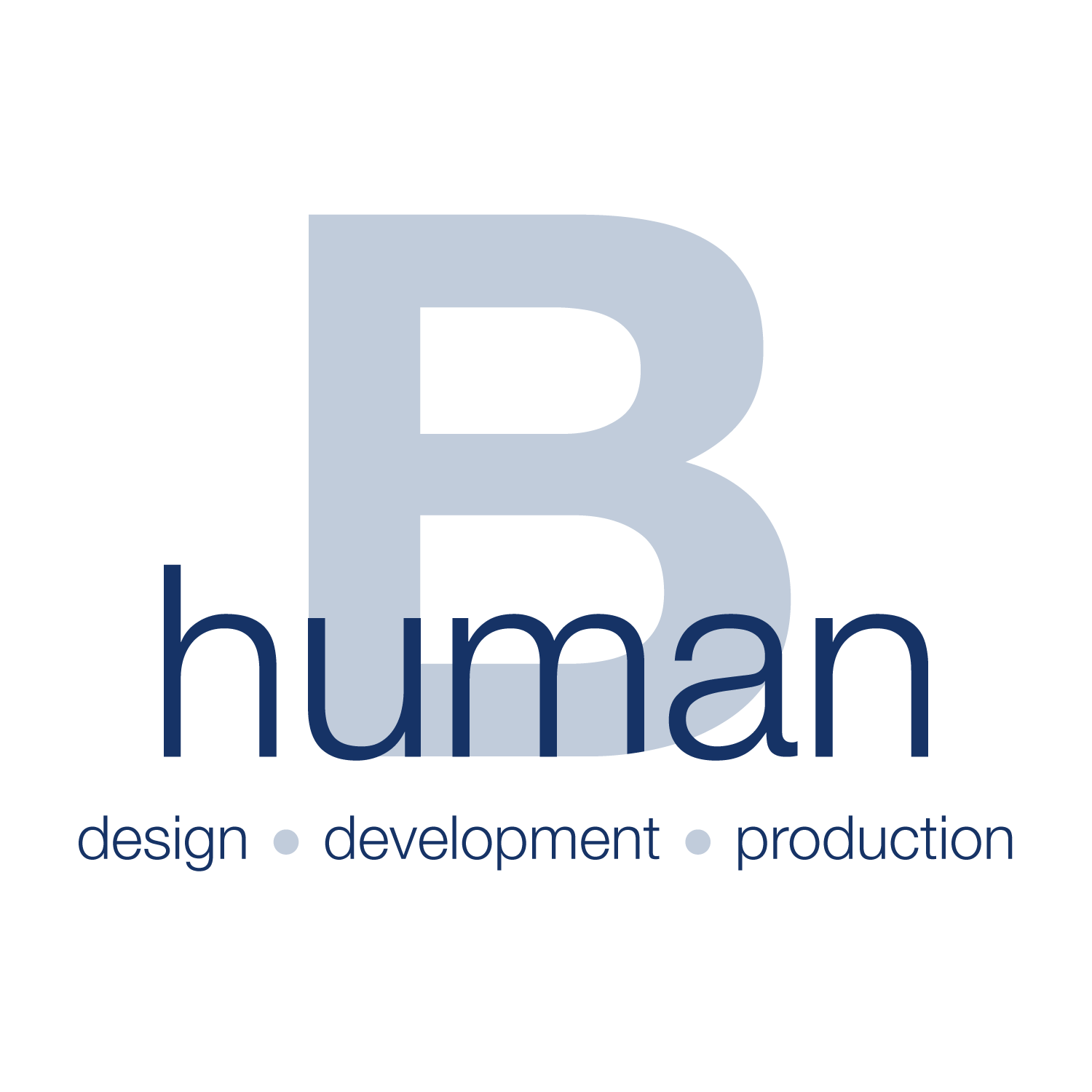Quality Control (QC) isn't just about ensuring your garments look good; it's your ticket to exceeding customer expectations, minimizing issues and setbacks, and optimizing production efficiency. By maintaining stringent QC standards, you deliver exceptional products and establish your brand as a reliable force in the industry.
When done right, it will make your life easier, decrease your stress level, increase your profit, and reduce waste.
Here is a step-by-step QC guide packed with actionable steps and insider insights explicitly tailored for newcomers in the field.
There are three main stages in the QC process:
Pre-production
Inline
Post-production
Pre-production
QC starts at the design stage.
The myth is that QC is done only at the end, a second before it leaves the factory floor. But by then, it's too late to address anything.
Therefore, the first step is to design with production in mind. Choosing the right fabrics and trim for your designs and the right factory for the product will improve the end result and make the QC process smoother.
Thinking ahead on how your product will be produced will help predict and iron out possible issues during production. Here is an example: a young designer I recently worked with wanted to use in her first production a ribbed fabric for a garment-washed dress that had a few heavy stitching points; after the first sample, I pointed out that these friction points would create holes in the dress and we should either change the design detail or the fabric. She insisted on keeping things as is, only to find out at the post-production QC that almost half of the dresses already had holes.
You want to pay attention to these details during the development stage. If there are signs of issues in the sampling stage, they will be a nightmare during production.
Other pre-production steps include:
Ensure that patterns are finalized for production and that the tech packs and sew-by samples given to the factory are correct or have notes of what changed.
Test your materials before committing to using them. Test for shrinkage, color bleeding, fabric distortion, print quality, and color inconsistency before you decide to use them.
Test your samples for functionality and fit before finalizing and grading the patterns.
Have your production factory make a sample of each style they will be producing, review it, and ensure there are no issues before ordering materials for production.
Inspect bulk fabrics and trim before starting production. Once fabrics are cut, you can't return them.
Make Pre-Production (PP) samples, and Top Of Production (TOP) samples. If it's the first time you're producing a style, get a sample of each size to check (watch this video to learn more about these sample types). Check for material issues, sewing quality, measurements and the overall functionality and look of the design. These samples will be the factory's standard for production and what you'll expect to get from them.
Inline (in process) inspection:
This should happen during the production process and include random visits to the factory to inspect various elements such as stitching, seam strength, pattern alignment, and garment measurements. Inspecting production inline will help catch possible issues in real-time, when they can still be addressed, rather than being surprised when the garments are done.
Post-Production
This is the final inspection before the products are shipped from the factory. This is a comprehensive review of each style, looking for defects, stains, loose threads, measurements, labeling, and packaging.
For this stage, use the AQL (Acceptable Quality Limit) table to determine how many units you should inspect from each style and how many pieces are allowed to be defective.
Two key parameters determine AQL:
Sampling Size - how many units should be inspected? This depends on how many units are produced.
AQL Level - the maximum acceptable percentage of defective garments allowed. Standard AQL levels used in the fashion industry include 1.0, 2.5, and 4.0, with lower numbers indicating higher quality standards.
The damages found are then divided into three levels. Every brand establishes its own AQL level; if you are new to production, below is a typical AQL standard to use as a point of reference:
Critical damages – the item is not saleable and shouldn't be accepted.
Major damages – damages could include significant specs issues or stains; the item is saleable but not perfect (normally, 2.5 AQL level is used here)
Minor damages – defects here are light damages such as small stains, loose threads, etc. The item is sellable, and many times, these defects can be fixed (normally, 4.0 AQL level is used here)
A style should be rejected if the final inspection finds a higher number of damages than what is allowed at each level.
Usually, apparel manufacturers (especially big ones) have their own QC team and processes or will hire a third-party inspection company. However, as a small brand, even if you don’t have a QC team, you should still have your own process and can always hire a third-party QC service to perform in-line and/or post-production inspections.
By following these actionable steps and creating your own process, you're not just designing clothes; you're setting up your business for success.
If you are new to the production process and need help understanding and managing your production, check out our Production Made Easy program.
